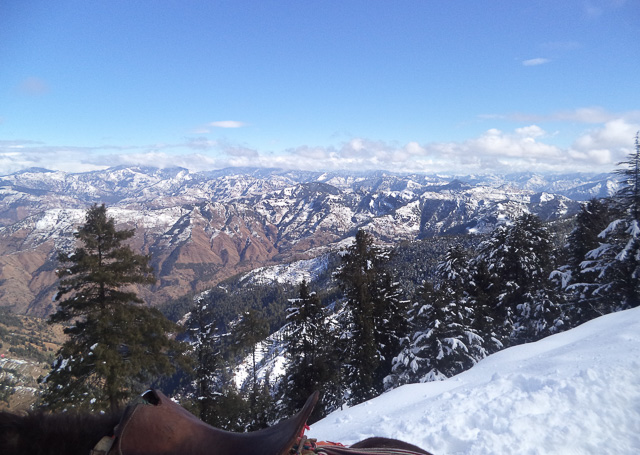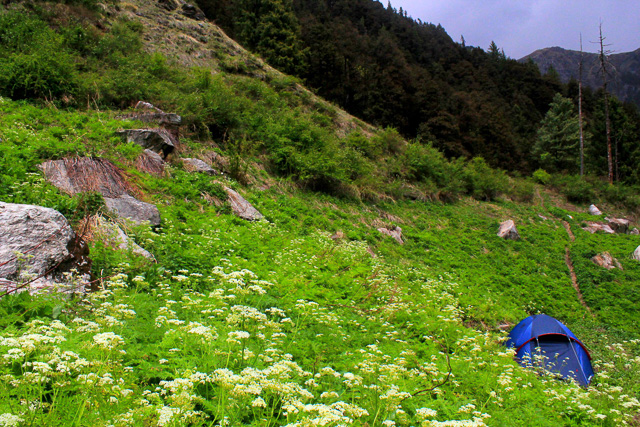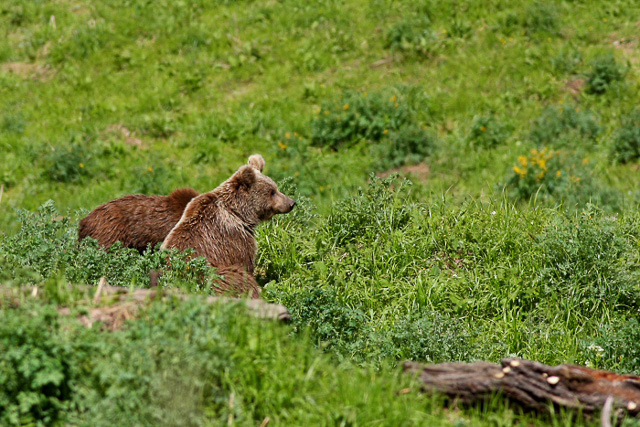About
Top Experiences
Type of Journey
Subscribe to newsletter and stay updated
Read about our travel expeditions, new destinations, new pictures, latest trip schedules
A unique jewel in India, the Great Himalayan National Park is situated in Kullu. A UNESCO world heritage site that draws visitors from all over the world, the National Park was established in 1984 and is still wild and unspoiled by human traces. The woodland is a lovely sight to behold because of the surrounding snow-capped peaks and its expansive beauty. The National Park is home to about 400 kinds of wildlife, including tall pines, spruces, and horse chestnuts that contribute to the region’s incredible sense of tranquillity. It also has a variety of medicinal plants that flourish here, making it an irreplaceable location. Western Tragopan is one of the most well-known features of the Great Himalayan National Park. Snow leopards, Himalayan brown bears, Himalayan black bears, and Himalayan musk deer are all found in the Himalayas. Visitors come here to hike in the mountains, take in the region’s unusual diversity of flora and animals, and escape from the bustle of daily life to breathe in the crisp, cleansing air.
OVERVIEW
Location: Kullu District, Himachal Pradesh, India
Nearest Airport: Rajkot and Ahmedabad Airport
How to reach: 8 hours drive from Ahmedabad airport
Famous for: Asiatic Lion, Indian Leopard
Best time to visit: Oct to June
WHAT TO SEE
Mammals: serow, Himalayan tahr, goral and blue sheep, Himalayan black bear, Himalayan brown bear, leopard
Birds: Western Tragopan, Koklass, Cheer, Kaleej and Himalayan Monal, Mrs. Gould’s Sunbird, Firebreasted Flowerpecker, Himalayan Griffon, Lammagier
The Great Himalayan National Park is rich in diverse geographical elements. Covered by mountain ranges from three sides whose peaks are as high as 5,805 kilometers, the forest encompasses rivulets that work as the water system of the forest. One can enjoy the Eastern land which is blanketed with snow all year round. For the trekkers, there are a lot of rugged treks in the valleys of the park, that is, Tirthan, Jwar Nala, Sainj, and Parvati. The park is also famous for the wonderful and colorful experience of bird-watching in the warmer months. The subalpine and alpine vegetation that covers the forest is endangered and precious to save the wildlife of the area as well.

In the spring, the valleys come alive with a refreshing view of greenery, and birds and animals leave their safe spaces and can be easily spotted. Game viewing brings pleasure to the tourists for it brings the sight of the most magnificent snow leopard, Himalayan black bear, musk deer, and other animals, but only to those who have immense patience.
The Great Himalayan National Park was left undeveloped and untouched to preserve its untamed beauty. The forest offers a respite for the people who like the feeling of detachment from the outside world, from the world of roads and car honks and constant bustle.

The wide meadows offer a splendid view of the tall, snow-capped mountains with clear blue skies in the background. The villages settled around the National Park also host some local festivals and Bazaars where the tourists can go to connect with the local culture of these simple mountain people.
Other carnivores include the Himalayan black bear, Himalayan brown bear, leopard, wolf, Himalayan red fox, civets, jungle cats, and yellow-throated martens. The Himalayan pit viper and Russel’s viper are the dominant reptiles. This park has one of the best bets for seeing the Himalayan black bear and Himalayan brown bear.
Around this region, about 180 species of birds have been recorded. The park is also famous as the home to the endangered Western tragopan, there is only one other park in the world where it thrives.

The Western Tragopan, Koklass, Cheer, Kaleej, and Himalayan Monal are the five species of pheasants found here. The Himalayan Griffon, Lammagier, Cinereous Vulture, and Golden Eagle are prominent birds of prey while the Oriental Hobby, Yellow-billed Chough, Variegated Laughing Thrush, Little Forktail, Himalayan Whistling Thrush, are some of the smaller birds that you may see. The Great Hill Barbet, Mrs. Gould’s Sunbird, Brown Dipper, and Whitecapped Redstart, are some others that you may chance upon. Brown and Redheaded Bullfinches, Firebreasted Flowerpecker, Red-tailed Minla, Verditer Flycatcher, Black/ White-cheeked/Red-vented and Red-whiskered Bulbuls, Striated Laughing Thrush, Alpine Swift, Brownfronted Pied Woodpecker are other regularly seen birds of this region.